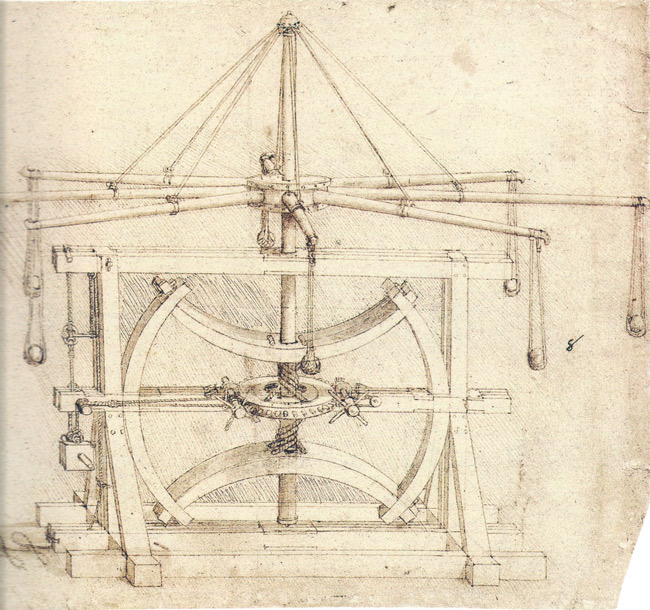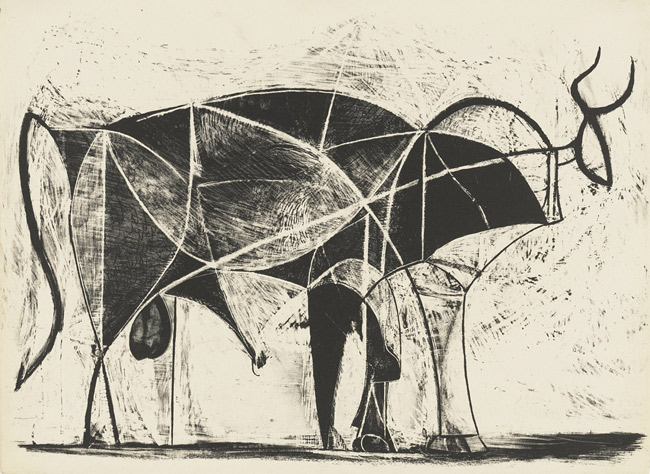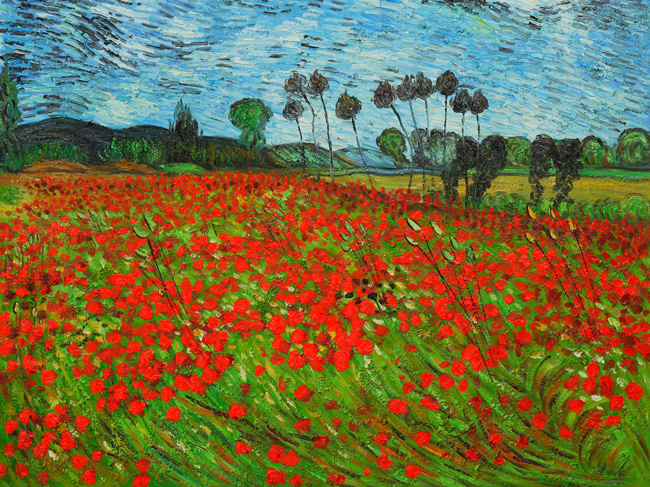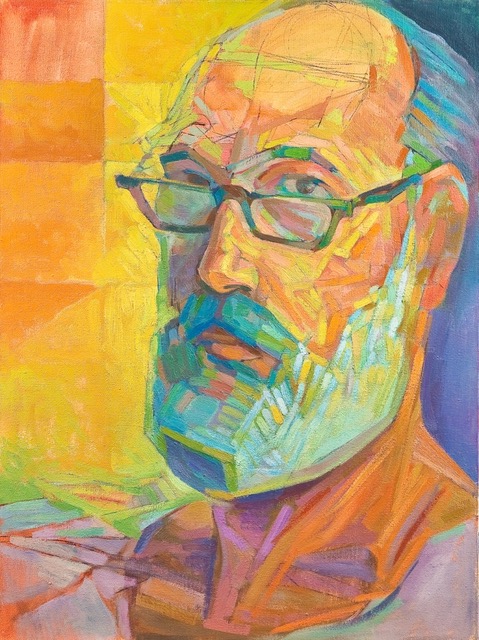The Call-Chronicle recently featured an article written by James J Kilpatrick in which he lamented the plight of the humanities in our colleges and universities. In that article, he summarized a report written by William J. Bennett, director of the National Endowment for the Humanities. “College students, for the most part, are not learning the humanities properly, and this is partly because our colleges are teaching the humanities poorly.”
In listing the humanities, Mr. Kilpatrick does not include art. Could the conspicuous absence of art from a list which includes history, literature, philosophy, ethics, and languages mean that art is beneath consideration as a major subject?
In the June 11 issue of Time Magazine, art critic Robert Hughes suggested that 99 percent of Americans were visually illiterate In 1979, Columbia University professor emeritus Jacques Barzun besought American art teachers to stop teaching crafts and to start teaching drawing.
The quality of education offered to our children must be a central concern for all of us Education should address the full range of man’s senses. Visual literacy is as important as any other form of understanding.
Try to imagine a country in which all of the leaders, technicians, and workers are blind— or nearly blind. We might be living in just such a country.
There is a movement to restore quality to the teaching of the humanities. Good. Let’s make sure that includes art and music. However, before we can restore quality to the teaching of art, we must define what art is and what art is not.
In our day the differences between the sophisticated arts and the popular arts have •been blurred Note what the Encyclopedia Britannica offers. “Modern thought tends to reduce the distinction between arts and crafts, form and function . A cathedral and a suspension bridge once were thought to be miles apart on the aesthetic scale, but in the contemporary view engineering is the alter ego of architecture in the building craft.” However, this respected authority continues with a weak attempt to compensate for fashionable thinking ”On a more philosophical plane, the arts have been separated on the basis of their spirituality, their aspirations toward the beautiful and sublime, or their existence in space or time.”

We can trace this trend in reducing the distinction between arts and crafts to William Morris. His 19th century English Arts and Crafts Movement had a significant influence on Walter Gropius and his work at the Bauhaus. These thinkers, and their efforts to restore crafts, profoundly influenced those policy makers who have determined the thrust of American art education. Hence, the fine arts, the sophisticated arts, are no longer taught in the American public schools.
If architecture, sculpture, painting, literature, and music have been classified along with ceramics, illustration, gem carving, commercial art, tapestry, and silver and gold smithing, if the fine and the applied arts are one, how do we teach our children the difference between an entertaining tune and a masterpiece by Beethoven?
A masterpiece is an inexhaustible quarry of inspiration, insight, and refreshment. Masterpieces tend to be produced by outstanding individuals who work in a classical tradition and who have been trained by important teachers. A masterpiece is a work to which we return during the stages of our lives to find greater riches than previously imagined As we gain in experience and understanding, each revisit assures yet another level of nourishment.
Wilber Owen Sypherd wrote, “The book of Job is generally regarded as the masterpiece of Hebrew literature; by some critics, indeed, it is placed at the head of the world’s literature. Its specific problem is, Why do the righteous suffer? — a theme which still engages the attention of men everywhere.” The story of Job, as well as the Sistine Ceiling, touch something universal and timeless in the souls of men. Masterpieces are inexhaustible, multi-leveled flowerings of the mind.
On the other hand, a cartoon must be read in a single glance. A popular work must give its all instantly. The great American illustrator, N.C. Wyeth, once said, “The term ‘Commercial Art’ is a contradiction ” His lifelong ambition was to become a serious artist. His love of comfort and financial gain kept him from realizing that dream.
Art teaching in the American public schools has stressed craft, commercial art, and illustration, not the fine arts. Children do not learn of the works and the histories of the great artists in their art classes as they should learn of the great authors in their English classes. The masterworks of art are not examined, analyzed and appreciated. Projects are not based on the methods and systems of this or that master. Craft-trained students are helpless before the important works they look at in our galleries and museums, though they may have had many years of “Art Instruction.”
As for the crafts, they too have been trivialized in an effort to make them fun. The classical traditions of craftsmanship —Egyptian, Greek, Chinese and Pre-Columbian — required intense training in rigid disciplines. Apprenticeships were long and arduous. Imagine the centuries of anonymous masters devoted to the subtle refinement of a limited number of designs. When we admire a Greek vase, we survey the fruit of thousands of dedicated masters who slowly improved that particular form.

Instant gratification realized through the clumsy manufacture of something useless is not the route to heightened appreciation of excellence in the crafts or the arts.
Those teachers who misrepresent art as an entertainment diminish and disfigure this important subject. By degrading art to a kind of Sesame Street vaudeville, they cause permanent misunderstanding.
If we wish to restore the teaching of art as a respectable subject to our public schools and colleges, we can start by teaching art teachers how to draw This demanding skill requires years of study and rote practice. Until serious instruction in drawing is offered in elementary and high school, candidates for art teacher training cannot be adequately prepared. One or two drawing courses at the university level are not enough to qualify a person to teach classical drawing.
Drawing is a language, a code. It has structure, device, method, grammar, canons and many rules it needs deciphered. It alone provides the introduction to the design systems upon which all other forms of art and craft depend. Drawing teaches one to see. As Jacques Barzun stated, drawing is to the arts “what reading and writing are to literature and all other written discourse,” There is much to learn and there are many tools to master. We should offer instruction in drawing at the same time we start teaching the other worthy subjects.
Mathematics, science, language, music, and art are the classic disciplines of intellectual endeavor. Isn’t it time to return art to our schools?
Can we hope for a day when the average American will be able to distinguish between illustration, commercial art, crafts and the sophisticated form of art? Will he be able to recognize the difference between paint smeared by a visually illiterate hack and the work of a modern grand master?
Only then will our democratic system of education have served all of the senses man possesses and must develop. Only then will we have approached becoming a nation of visually literate souls.
Begin your road to visual literacy HERE!


